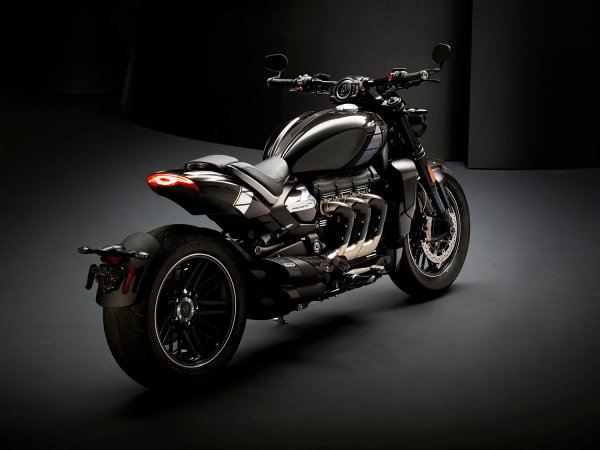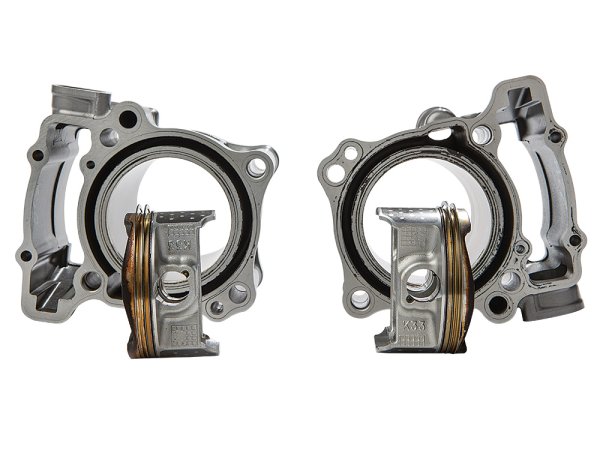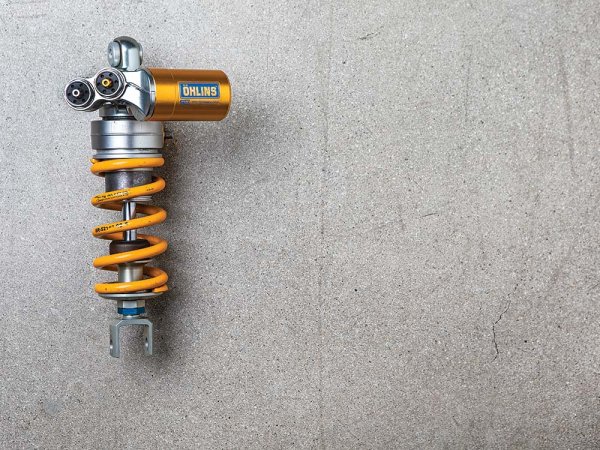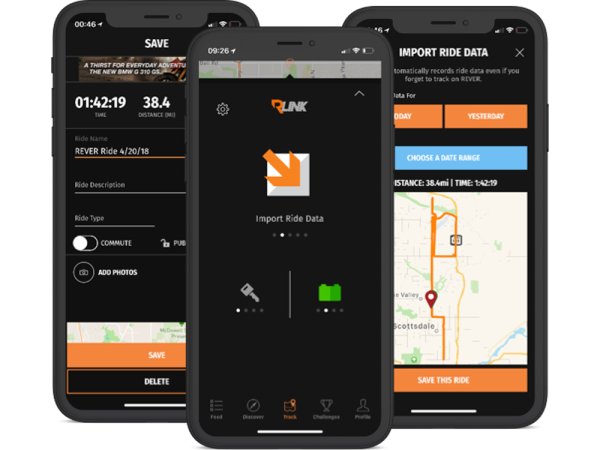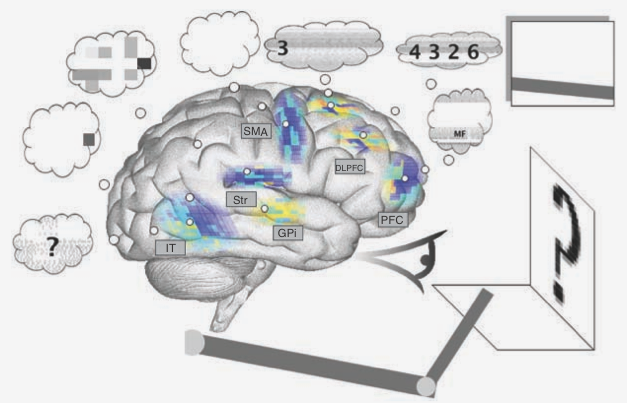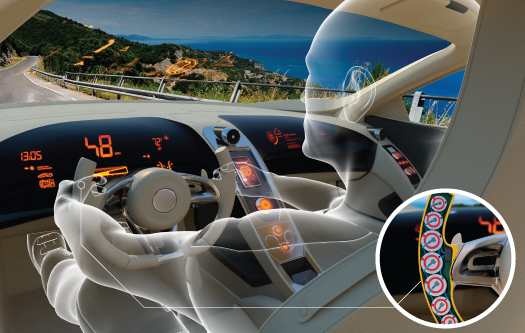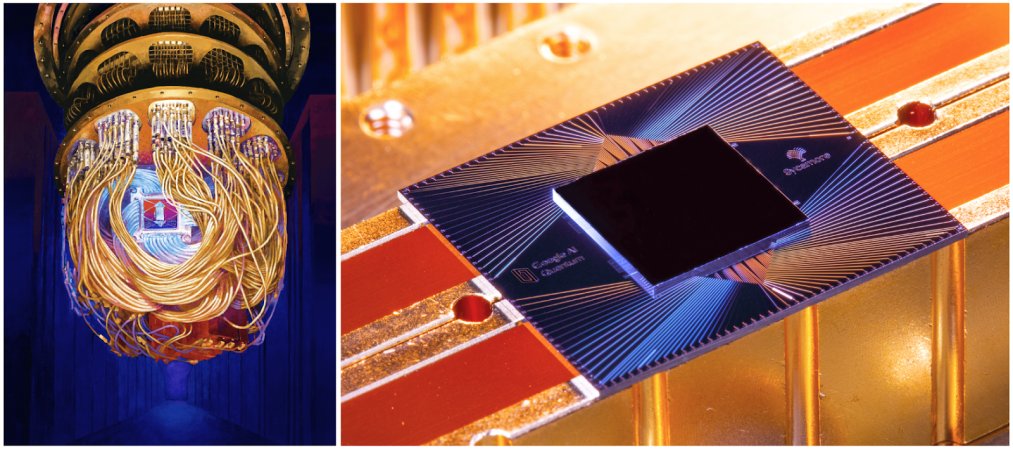

The Sapphire vehicle dynamics simulator at a BMW facility in Munich consists of a huge white bubble that evokes the Stay-Puft Marshmallow Man lurching around New York City in Ghostbusters. It’s just one of 14 different simulators in the company’s new Driving Simulation Centre, a $105-million, 123,000-square-foot space that is the world’s most advanced simulation facility, BMW says.
Sapphire is the flagship simulator, and the most impressive with its huge white bubble atop six moving hydraulic supports, which themselves mount to longitudinal and lateral slides that travel over an area of 4,300 square feet. The bubble contains an actual car, in which a driver applies steering, throttle, and brake inputs just as if they were driving. A virtual world is projected onto the inside of the white dome covering the car, and the hexapod support system and slides fling the apparatus around its field of travel.
Driving the car inside the simulator not only looks real, as the driver is inside a real car doing realistic driving and seeing high-fidelity imagery of the real world outside, but it also feels real, as the Sapphire’s systems can produce 0.65 G of acceleration. That creates the feeling of accelerating, braking, and turning at believably high levels. The 183,000-lb. apparatus consumes 6.5 megawatts of power as it runs.
Engineers oversee testing and operate Sapphire from an adjacent control room. They cannot only see the simulator in action through the window, but they have monitors showing the view from inside the car that is in the bubble. They also have computer displays providing data on the test as it is happening. From here, operators can change variables such as the weather, the road surface, the tires, the season, and the time of day.

A second simulator system is the Diamond high-dynamic simulator. It looks similar to Sapphire, and also has a white dome containing a car atop a hexapod, but it is mounted on a single slide that moves fore-and-aft. This one has a mass of only 50,000 lbs. and consumes 3 MW in operation, while generating a full 1.0 G of acceleration force. (How “sapphire” ended up ahead of “diamond” in this hierarchy is a Bavarian mystery.)
[Related: The new electric BMW i4 is a nimble driving machine—with a cinematic soundtrack]
The sims’ slides are powered by linear electric motors that create alternating magnetic fields to move them. Power comes from supercapacitors that can quickly dump the huge amount of electricity needed to move the hexapod platform and car rapidly.
While simulators might look like excellent toys to the rest of us, they are critical tools for carmakers like BMW. “We see the driving simulator as a time machine because it lets us drive the car of the future,” explains Martin Wahle, head of Virtualization and Driving Simulator.
“The simulator provides a controlled environment where the tests are repeatable and safe,” he continues. “We can do things we wouldn’t dare do in the real world, testing risky scenarios.” The simulators can run 16 hours a day, in two eight-hour shifts during which test drivers go for an hour at a time so that they stay fresh. During that time, the drivers are monitored using cameras for eye tracking, and with heart rate sensors.
“We use this especially in the early stages of [vehicle] development,” before physical prototypes are available, he said. “This gives us a lot more input than traditional simulation models.”
BMW plans to add later parts of the vehicle development process to the simulation center’s work too. “We want to expand into implementation and verification modes,” Wahle says. This would include doing tuning work such as testing different tires and components like the anti-roll bars that limit cars’ body lean in turns. “We can change things almost instantly,” he says.
The simulators also let BMW evaluate the likely reception to new technologies by having a variety of drivers try the virtual version before they go into production. “We no longer have to guess how people will like a feature,” says Wahle. “We can present the feature to them and measure their response.”
That’s why, in addition to these slider-mounted sims, the Driving Simulation Centre also has a dozen lesser simulators. “Not every question requires a motion system,” Wahle notes.
[Related: Forget miles per gallon—here’s the best metric for measuring a car’s efficiency]
Consider the dazzling Vega Vector dynamic simulator. This one mounts a car on a stationary hexapod, so it moves up and down and tilts forward, backward, left, and right. The car sits in front of an incredible 25 x 13-foot, 270-degree, 8K-resolution wall containing 13 million LEDs. This displays images with its own light. like a TV, rather than reflecting light from a projector like the other sims do, so lights in the room need not be dimmed for this sim.
This is one of five LED wall sims in the center. These are very bright and rich in color, so they are used for testing visibility issues and to study night driving and light dazzle scenarios. Two of the smaller Vega Vector walls are 360 degrees. “We believe this is the next big thing in driving sims,” says Wahle. Its low latency is especially valuable for some tests and the images are sharp and clear for easy sign reading.
One less-than-realistic detail currently is the behavior of the simulated other drivers. These are the non-player characters of the driving sim world, and Wahle calls them “agents.” Unfortunately, BMW’s agents do not yet drive as rudely, er, as realistically as actual people. “Right now our agents are not particularly smart,” he concedes. “We are working on making these agents smarter through artificial intelligence.”
Making the virtual drivers in the sim brainier sounds reasonable. Just don’t give any artificial intelligence to the Stay-Puft Marshmallow Man. That could get ugly.
Watch a video (in German) about the facility, below:

